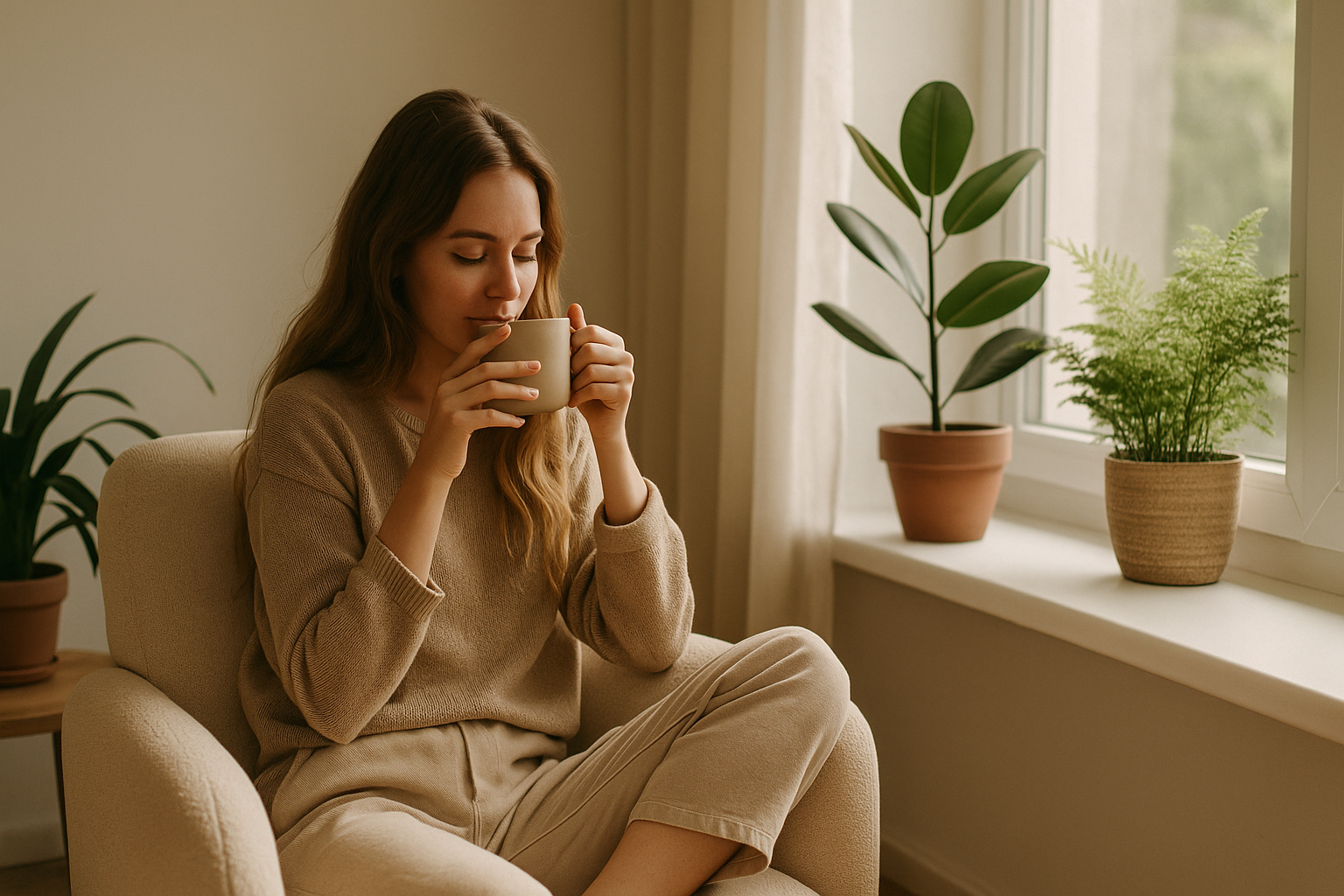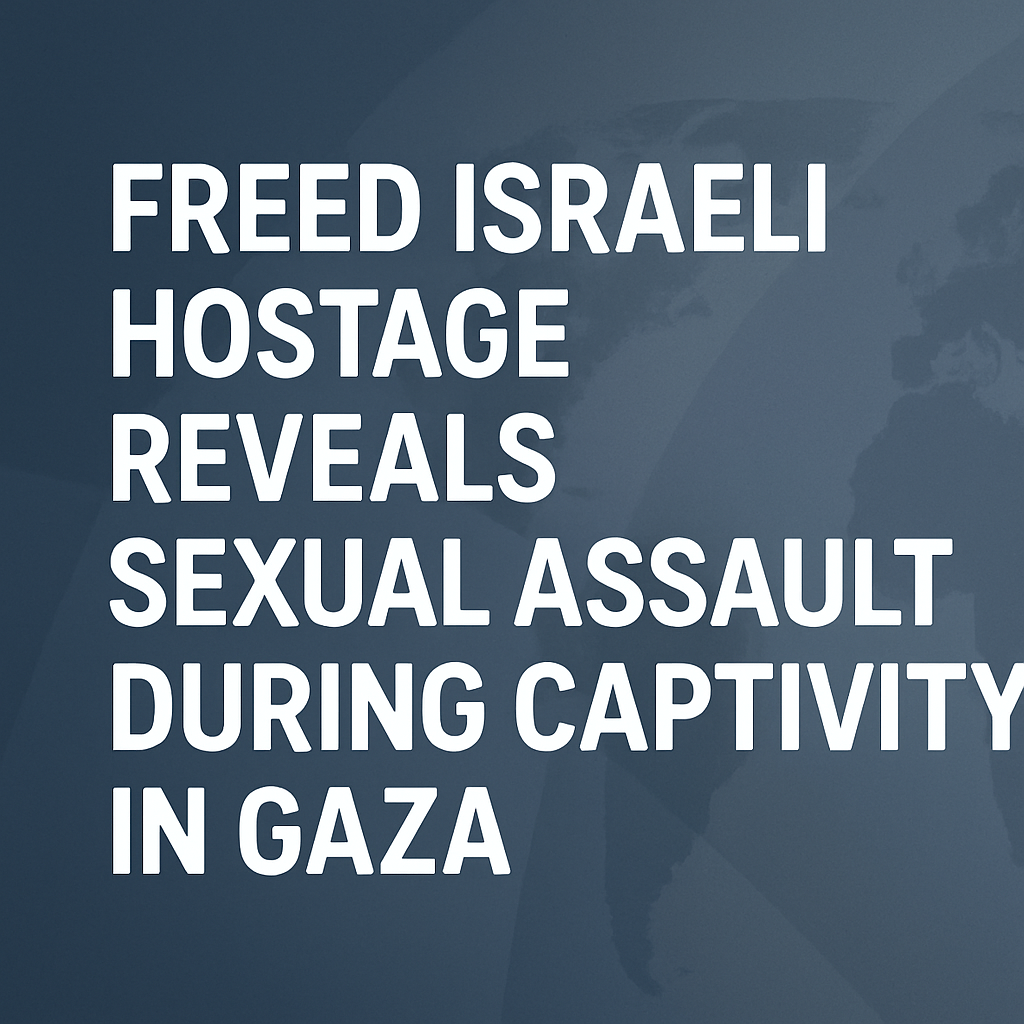The era of “rise and grind” is fading. Across cities and screens, people are putting down their planners. They are silencing notifications and choosing something softer. They prefer calmer mornings, smaller goals, and deeper breaths.
It’s called soft living, and it’s become 2025’s defining lifestyle trend.
Once dismissed as an influencer fad, the soft life movement is now a cultural reset. We live in an age defined by burnout. Economic stress and social pressure are prevalent. Millions are stepping back from hustle culture. They are learning to live gently on their own terms.
🌿 From Hustle to Harmony

The concept of soft living isn’t new. The phrase first took off on TikTok and Instagram around 2021. It was often linked to luxury influencers. They showed off spa days, quiet getaways, and minimalist fashion.
But as the years passed, its meaning evolved. The version of soft living dominating 2025 isn’t about indulgence – it’s about balance, boundaries, and emotional recovery.
“Soft living isn’t laziness – it’s liberation,” says lifestyle psychologist Dr. Amelia Cruz, who studies digital behavior and post-pandemic work culture.
“It’s the natural counter-movement to overwork, perfectionism, and constant comparison.”
People are rethinking success. Instead of chasing bigger salaries or endless side hustles, they’re investing in their mental health, home environments, and personal relationships.
The hashtag #SoftLife now has more than 2 billion views on TikTok. Creators share cozy routines, slow breakfasts, and peaceful self-care rituals. But behind the pretty images lies a much deeper story — one about global exhaustion and collective healing.
☕ A Morning Without the Alarm Clock
For 29-year-old content creator Leila Martín, the change was personal.
“Last year, I hit burnout so badly that I couldn’t open my laptop for weeks,” she says. “Now, I wake up when my body tells me to. I stretch, light a candle, and make tea before touching my phone. That’s soft living.”
Her posts – full of sunlight, notebooks, and warm colors – resonate with viewers who are tired of “toxic productivity.”
“People don’t want to be robots anymore,” she says. “We want to feel alive.”
Psychologists agree. Studies show that constant digital stimulation and overwork have increased anxiety and fatigue among adults globally. The soft life movement, in many ways, is a social rebellion – a collective decision to prioritize peace over productivity.
🕯️ Soft Living as Self-Protection
At its core, soft living is about self-preservation. After years of instability – from economic recessions to global health crises – many are questioning what truly matters.
“People realized that chasing endless success was unsustainable,” says Dr. Cruz. “The pandemic taught us how fragile life is. Soft living is the response – a desire to live slower, safer, and with more meaning.”
The movement also challenges the myth that success must look the same for everyone. Instead, it encourages redefining personal milestones. These include cooking dinner without rushing, saying no to draining commitments, or choosing joy over fear of missing out.
Even fashion has followed the trend. Softer fabrics, muted tones, and comfortable silhouettes dominate the runways. This reflects a collective craving for calm.
🪴 The Economic Side of Softness
Interestingly, soft living doesn’t mean anti-ambition.
Many professionals are still career-driven, but they’re doing it differently – with intention, not exhaustion.
Remote work, flexible schedules, and digital entrepreneurship have created new ways to balance comfort and career. Some call it the gentle hustle: working with focus, but not at the cost of health or happiness.
The shift is visible in spending habits, too. Consumers are prioritizing wellness, sustainability, and authenticity over luxury logos.
Sales of meditation apps, home fragrance, and self-care products continue to climb, while fast fashion and impulse buying are declining.
“People aren’t chasing trends anymore,” says Elena Dupont, editor of a Paris-based lifestyle magazine. “They’re curating lifestyles that feel honest #- spaces that breathe.”
🌸 Soft Living and Relationships
Soft living also extends beyond personal wellness – it’s changing how people connect.
Emotional safety and empathy are becoming more valued in friendships and romantic relationships than ever before.
“We’ve entered what I call the Era of Emotional Ease,” explains Dr. Cruz. “We’re seeking partners and communities that feel gentle – where we can rest, not perform.”
This is evident online, where dating profiles highlight emotional intelligence, communication, and shared values rather than flashy lifestyles.
Offline, people are forming smaller, more intentional circles. These include dinner clubs, book swaps, and mindfulness meetups. These spaces have the goal of connection, not clout.
From Aesthetic to Awareness
Critics once called soft living “privileged,” pointing out that not everyone can afford to slow down.
But advocates argue it’s not about luxury – it’s about choices within reach.
A soft life can mean journeying before work, turning off notifications for an hour, or saying no to toxic relationships. It’s not about wealth, but wellness.
“Softness is free,” says Martín. “It’s a mindset, not a vacation.”
The movement’s digital rise has also inspired brands to adapt. Wellness retreats are reaching out to the soft life audience. Slow-travel agencies are targeting those seeking peace with purpose. Ethical skincare companies market directly to them.
A Lifestyle Built to Last
Unlike fleeting internet trends, soft living seems poised to stay.
It speaks to a universal desire for balance in an overstimulated world. It reminds us that peace is not passive, but powerful.
“The new definition of success,” says Dr. Cruz, “is waking up without dread.”
As 2025 continues, soft living isn’t just a trend – it’s a manifesto.
A call to slow down, to breathe deeper, to live softly – and finally, to mean it.






Leave a Reply